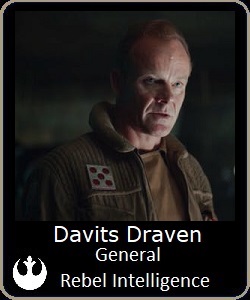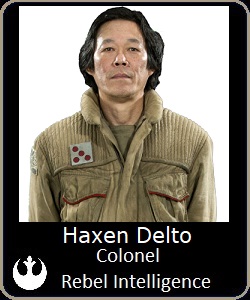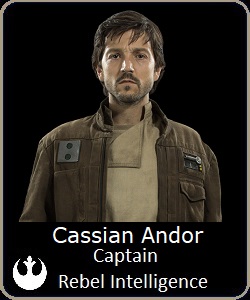

The Galactic Empire | The Sith Order | The Imperial Military
The Rebel Alliance | The Alliance Forces | The Galactic Civil War


The Alliance military was formed from the various rebel cells which merged to form the organization, augmented by a steady
stream of new recruits after the public declaration of the rebellion. It was equipped with an eclectic combination of stolen or
misappropriated Imperial equipment, outdated arms and craft from the Clone Wars, and repurposed civilian equipment, as
well as some military and security technology legally still available to civilian entities within the Empire. Military leadership was
principally drawn from experienced ex-Republic and ex-Imperial officers, as well as the proven leaders of formerly independent
rebel cells. Alliance military command was subordinate to Mon Mothma and the civilian leadership of the Alliance Council.
The joint-chiefs of the military general staff who formed the Alliance's military command served as advisors to the Council and
acted as de facto defence ministers in the Rebel government. Known joint-chiefs of the Alliance military High Command:

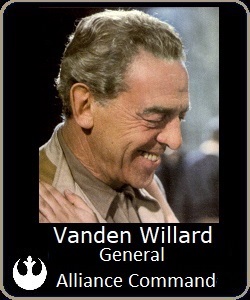
The Alliance military utilized a unified command structure which was functionally divided into an Army and a Navy, however
all branches were fully integrated and used a uniform system of rank titles and hierarchy. The Alliance Starfighter Corps was
composed of personnel from both branches. The Army was divided into the regular Army, composed of combat forces,
and two semi-independent branches of Intelligence and Operations, responsible for technology and engineering. Military
Intelligence and the Operations branch served as specialized components within the Army specifically and the military as
a whole. The relative simplicity of the Rebel command structure was due to the relatively small size of the Alliance's forces.
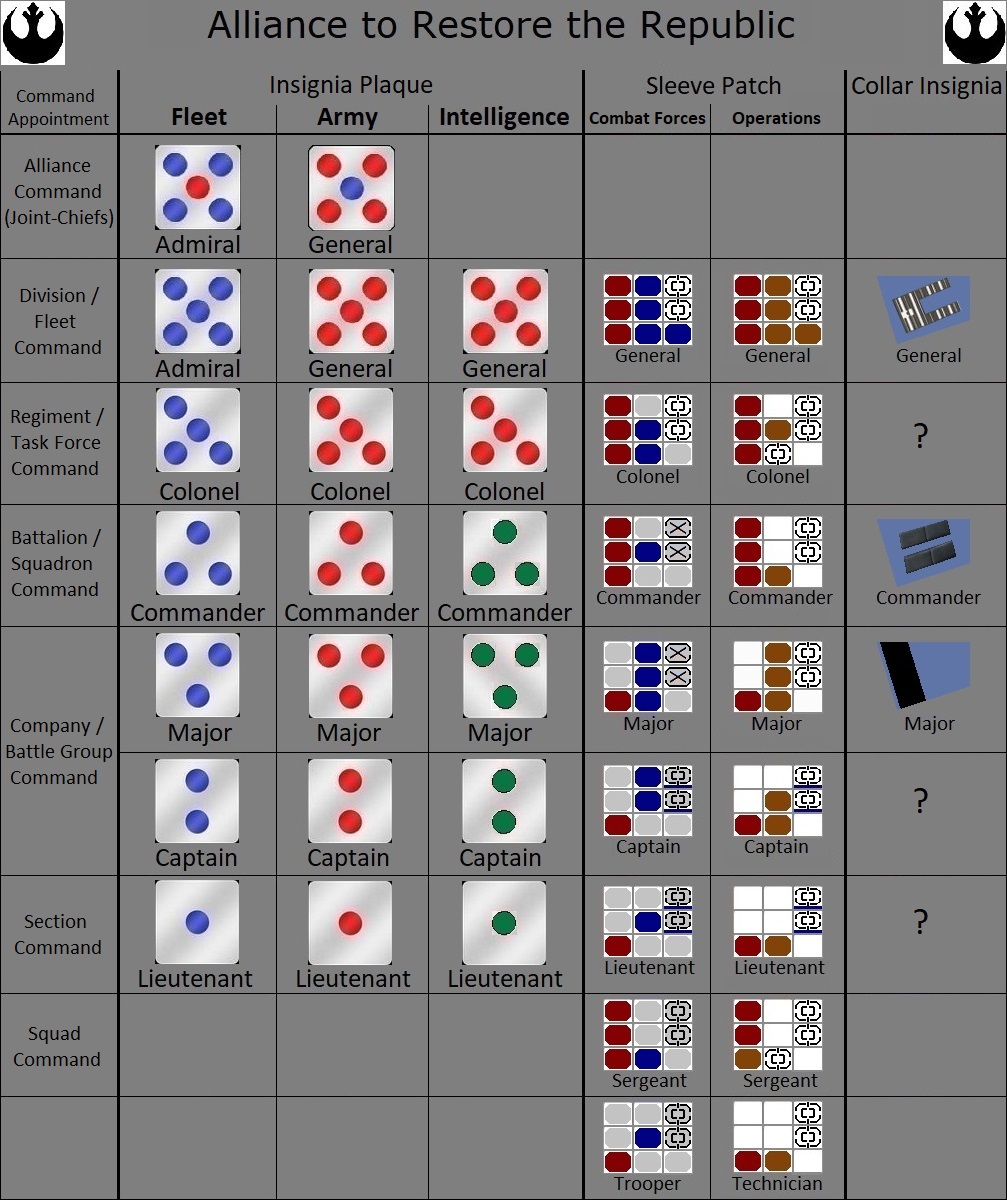
Main Article: Ranks and Rank Insignia
ALLIANCE BASES
As a outnumbered insurgency operating across the galaxy, the Alliance's only facilities were hidden bases located on remote worlds,
which were usually otherwise uninhabited. Prior to the Battle of Yavin, the Alliance maintained a main headquarters, in addition to
small support bases elsewhere in the galaxy. During the height of the Civil War, the Alliance relied on the relative safety of their
mobile fleets, but nevertheless established small support bases due to their growing numbers and operational necessities
requiring ground-based operations. Worlds known to have hosted Rebel Alliance military bases:
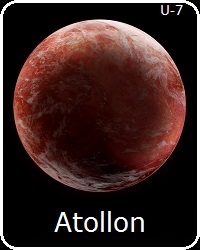
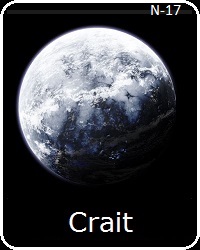



The first headquarters of the Alliance was a base on Dantooine. It was quickly abandoned in favor of Massassi Base on Yavin 4, which
operated for over a year and a half. Other bases of early rebel cells like Phoenix Cell's Chopper Base on Atollon functioned as support
bases for the unified Alliance. After the Battle of Yavin, the Alliance divided its forces into groups stationed at small support bases like
those on Hoth and Crait, used as hidden platforms for offensive actions, logistical supply depots, and maintenance facilities.




THE ALLIANCE NAVY

The Alliance Fleet was formidable, however it was small and primarily composed of warships greatly outclassed by their Imperial
opponants. Until the last year of the Civil War, it is unlikely the Rebel fleet contained more than a couple hundred battle capable
warships. In most periods of the rebellion, the Rebel Fleet was only composed of dozens of starships. The Fleet was primarily
formed by combining the Mon Calamari Fleet with the small navies of Massassi Group, Phoenix Cell, and the Alderaan Resistance.
Later in the Civil War, the situation in the galaxy finally allowed the Alliance to construct its first new warships. Rebel Fleet personnel
were drawn from the crews of ships which joined the fleet, augmented by new recruits with appropriate experience on starships.
Leadership
The admiralty of the Alliance Fleet was subordinate to military High Command, and ultimately to the Alliance Council as well. Naval officers in
the field were sometimes in command of the overall operation, including army forces, and in other instances presided over Fleet assets only.
Known Staff Officers











Starfleet
The Alliance Fleet was composed of hundreds of warships, support vessels, and starfighters. Until the last year of the Civil War, the only capital
ships possessed by the Alliance were those of the rogue Mon Calamari Fleet. The majority of the Fleet's offensive potential was provided by
escort-sized warships of limited power which could be legally purchased within the Empire for corporate and trade security functions. Many
of these vessels were acquired by Imperial citizens who developed the Alliance, and the rest were simply stolen. The Fleet was supported by
an eclectic array of transports, gunships, and freighters modified for combat, which were sourced in the same manner.
Capital Ships
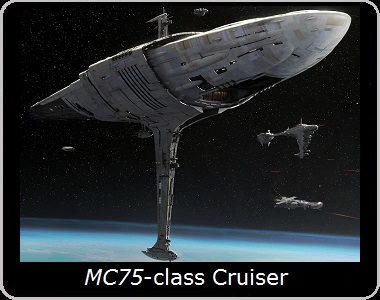


Escort Ships





Gunships




Support Ships


Unidentified Ships

Naval Infantry

The Alliance's Naval Infantry were not a distinct branch due to the Alliance's fully unified command structure, and thus were simply
Rebel soldiers who served as the defence forces aboard the ships of the Rebel Fleet. These "fleet troopers" were the Alliances's
'space marines', who acted as on-board security and defence forces, and could be used to board an enemy ship.
Known Staff Officers


THE ALLIANCE STARFIGHTER CORPS

The Alliance Starfighter Corps was a specialized branch of the Rebel military which had an independent chain of command, and maintained
their own equipment and supplies. The Corps sometimes conducted independent missions, but usually acted in support of army or navy
forces, in which case they were subordinate to the leaders of which ever branch was in charge of the operation. Rebel squadrons were
usually attached to a fleet, since in most eras the Rebels used mobile fleets as their primary bases more often than ground bases.
Leadership
The Alliance Starfighter Corps was composed of flight certified officers from both the Army and the Fleet, who wore either red or blue insignia
depending on the branch to which they were otherwise attached. The leadership of the Corps was subordinate to military High Command, and
ultimately to the Alliance Council as well. Corps officers usually presided over starfighter assets only in battle, subordinate to mission command.
Known Staff Officers

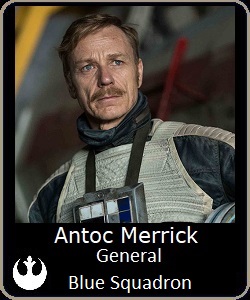









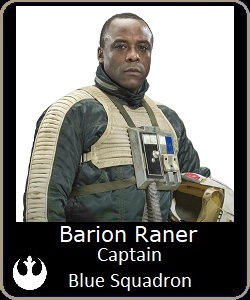














Organization
The Alliance Starfighter Corps was divided into Squadrons, which were the largest organizational groups of the early Alliance due to the small size
of the Rebel military. It is possible in the later years of the Civil War that Squadrons were eventually grouped into Wings and ultimately into
Groups, however that is not certain. Early Rebel fighter squadrons organized for the unified Rebel military were given designations based
on paint color, however as the Alliance expanded more unique designations with some meaning to the squadron became more common.
Some squadrons like Red Squadron became legacy units, which were rebuilt and reformed no matter the losses they would sustain in battle.
Known Squadrons








Forces
The Alliance relied heavily on its starfighers for both its offensive potential and as a necessary component of fleet defence, as starfighters
were relatively small and inexpensive compared to warships, while at the same time carrying enough firepower to be a threat to
the Empire in sufficient numbers. The Alliance relied on their Starfighter Corps to give them some degree of parity against the Empire,
which greatly outclassed the Rebel military in all other areas. At the same time, the Alliance typically flew older fighters such as Y-wings,
or less-advanced fighters like the A-wings and X-wings, which although capable were commercially available snubfighters. The major
exception were the B-wings, which were highly-advanced and powerful starfighters specially built for the Alliance.
Starfighters and Aerofighters



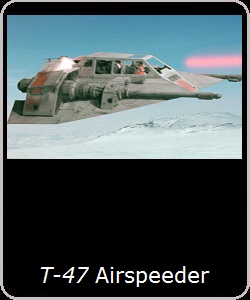

THE ALLIANCE ARMY

The Alliance Army was originally a small force about the size of a brigade, certainly no larger than a regiment. During the Civil War,
it would at some points grow significantly in numbers before being reduced significantly, but had at least begun a trend towards
becoming a more formidable force. For most of its existence, the Alliance Army was geared towards providing critical support and
conducting high-value, targeted missions, and thus a high percentage of their units were special forces, commandos, and special
mission units. The remainder of Army personnel were Operations and technical staff, alongside regular infantry. In the last year of
the Civil War, the Army's force of infantry volunteers grew to huge numbers necessitating a larger organizational force structure.
This army also fought alongside local insurgent forces on many worlds throughout the later years of the Civil War.
Leadership
The general staff of the Alliance Army was subordinate to military High Command, and ultimately to the Alliance Council as well. Army High
Command held direct authority over the Army, Military Intelligence, and Army Operations, responsible for logistics, technical support, and
engineering. Army officers in the field led planet-based Forces, as well as offensive ground operations, and were sometimes in command
of formations which included naval and starfighter resources and personnel. Top-level Army leadership were a combination of experienced
strategists who had served under the Republic or the Empire, and Rebel leaders who had proven themselves effective commanders.
Known Staff Officers






























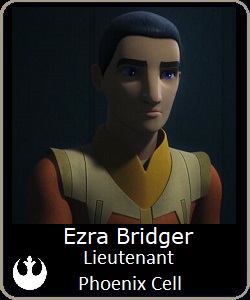





Organization
The Alliance Army was primarily composed of small formations, due to its total size. Base garrisons were usually company-sized formations
known as Sections, composed of several platoons. Offensive field units tended to be platoon-sized, composed of two to four Squads.
The Alliance's strategies relied on tactical strikes to mitigate their great disadvantage in force size, thus necessitating the use of small units.
Known Units






Forces
There were a number of varieties of Rebel troopers with specialized training and equipment. The majority of Alliance troopers were in
special forces units of one kind or another, which were supported by a infantry equipped for the environmental conditions of the battlefield.
The Alliance utilized whatever combat vehicles and weapons it could acquire, the majority of which was inferior to that of the Empire.
Until the later years of the Civil War, the Alliance is not known to have possessed any, armor, walkers, or other frontal assault vehicles.
Infantry









Vehicles
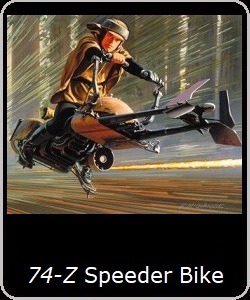


Artillery



ALLIANCE MILITARY INTELLIGENCE

Also known as the Alliance Intelligence Service, military intelligence were the Alliance's primary intelligence gathering and analysis agency.
The oldest component of the Alliance, Rebel Intelligence was informally founded by Mon Monthma and Bail Organa during the transition
of the Republic in the Empire. The early rebel intelligence network was decentralized, to minimize potential exposure, however its work
facilitated the only intelligence sharing and coordination mechanism for anti-Imperial forces during the first decade and a half of Imperial
rule. The organization which became the Rebel Alliance was crystallized around Rebel Intelligence by adding regular military components
until the point that Intelligence became fully responsible to the military command and the Alliance's civilian government. Intelligence
officers were responsible for information warfare, clandestine operations, espionage, counterespionage, industrial sabotage, and piracy.
Leadership
The leaders of Alliance Intelligence were part of Army High Command, and subordinate to military High Command and the Alliance Council.
As part of the Alliance Army, top-level officers who were Generals or Colonels wore red insignia. Lower-ranked Intelligence officers who
were Commanders, Majors, Captains, or Lieutenants wore green insignia, which uniquely signifies the Intelligence branch.
Known Staff Officers

